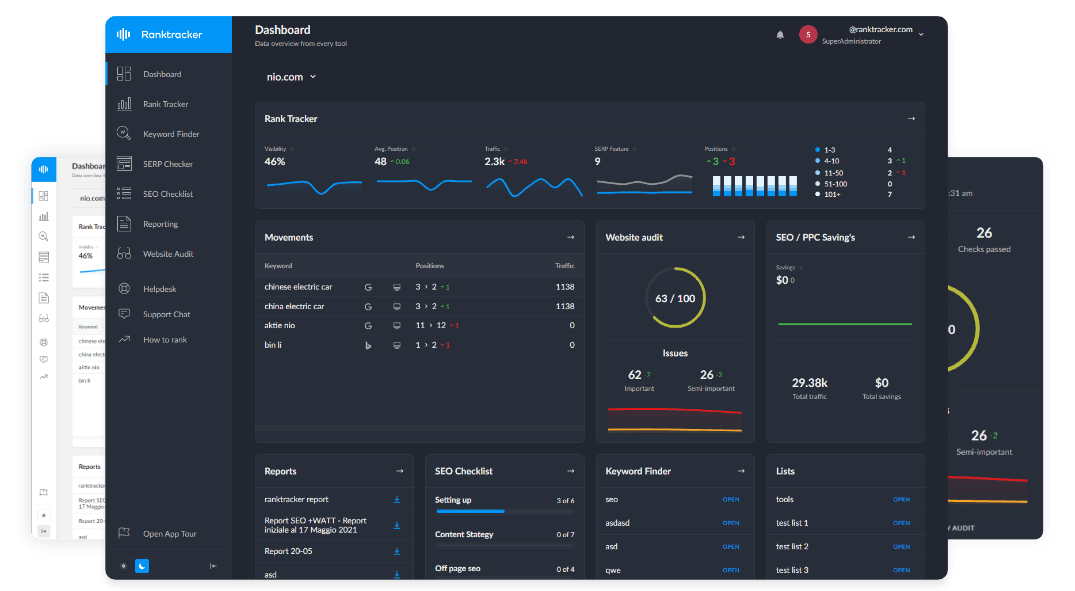Intro
On Amazon, review quality is a direct signal to both shoppers and the algorithm. Good reviews increase conversion, poor reviews reduce click-to-buy rates, and suspicious review activity can trigger visibility throttles or even temporary listing suppression. If you treat reviews as an afterthought, you leave ranking power and revenue on the table. Treat them as part of your SEO playbook and you protect rank while improving long-term organic growth.
Right away, add monitoring to your process. A lightweight scanner that watches velocity and reviewer behavior gives you early warning. Many sellers pair their internal dashboards with an automated tool, such as an amazon review checker to surface sudden changes and suspicious patterns before they hurt conversion.
How review quality changes what Amazon rewards
Amazon’s ranking model favors listings that convert. Reviews affect conversions in three main ways:
- Social proof. Higher, credible ratings raise buyer confidence.
- Content contribution. Detailed review text adds long-tail keywords that help matching for niche searches.
- Risk indicators. Clusters of negative reviews or sudden rating drops tell the algorithm the listing might not convert well.
Think of reviews as invisible content that either helps or hurts your listing’s relevancy. When conversion drops, Amazon shows the listing less. Preserving review quality is, therefore, a core SEO function.
What “quality” actually means
The average star rating is only one metric. Quality is made up of measurable elements you can influence:
- Verified purchase ratio. Reviews from verified buyers are more credible to shoppers.
- Review depth. Longer, specific reviews that mention real use cases carry more weight.
- Recency and steady velocity. Fresh, steady feedback is better than a burst of old reviews.
- Reviewer credibility. Accounts with normal activity patterns are more trustworthy.
- Relevance. Reviews that mention dimensions, colors, use scenarios, or materials improve search relevancy.
Monitor these signals rather than relying on the overall average. They tell you where SEO risk is concentrated.
"Reviews are not just feedback — they are search fuel. When you notice rating dips or an unusual spike in negative feedback, act quickly. Automated scanners identify velocity anomalies and suspect reviewer patterns, and a reliable amazon review checker helps compile the evidence you need to escalate with marketplaces or specialists. Fast detection lets your team remediate before rank and revenue fall."
Quick audit: where to look first
Run a short audit for each priority SKU:
- What share of reviews are verified purchases?
- Has review velocity spiked recently?
- Do negative reviews cluster by issue type?
- Are there repeat reviewers posting across unrelated SKUs?
- Has conversion changed alongside rating dips?
If you find clustering or suspicious reviewer behavior, prioritize that SKU for immediate investigation. If you find product or fulfillment patterns, fix the root cause first — removal requests are not substitutes for systemic improvements.
Practical actions that protect rank
Here’s a tactical checklist you can implement quickly:
- Improve product and packaging quality where complaints cluster. This often yields the highest ROI.
- Optimize listing content to reflect the terms reviewers use — that helps long-tail visibility.
- Use compliant post-purchase messaging to encourage verified, detailed reviews. Short prompts that ask for specifics increase review usefulness.
- Set velocity alerts and reviewer-profile checks so suspicious spikes are flagged automatically.
- Respond to negative reviews publicly with empathy, then resolve privately. When buyers update reviews, conversion often recovers.
Small operational fixes typically move the needle faster than extra ad spend.
When a tool or specialist is required
Not every negative review needs escalation. Use outside help when you see:
- Coordinated attacks across multiple SKUs.
- A sudden, unexplained rating drop.
- Many one-star, non-verified reviews from low-activity accounts.
- A need to compile documentation for removal requests.
A specialist or a robust scanner speeds evidence collection and improves the chance of successful platform action. Integrate the tool into your ticketing workflow so detection becomes routine rather than reactive.
How review text helps discoverability
High-quality, detailed reviews add user-generated content that Amazon indexes. When reviewers mention size, materials, or specific use cases, those keywords help the listing appear for niche queries. Encourage specificity in review prompts, and treat review content as another optimization input.
Metrics to track for SEO impact
Make these part of your weekly report:
- Conversion rate by SKU pre and post-remediation.
- Verified review percentage.
- Suspicious reviews flagged per week.
- Change in impressions and rank after removal or fixes.
- Revenue per listing relative to rating bands.
These metrics let you quantify the SEO benefit of review-quality work and justify investment in tools and specialists.
Small policies that prevent big problems
Prevention is cheaper than remediation. Adopt these policies:
- Quality checks before shipment and random post-shipment audits.
- Routine review audits that include reviewer-behavior checks.
- Clear post-purchase flows designed to capture verified feedback.
- A reserved budget for escalation to specialists when signals trigger.
These policies reduce surprises and make rank performance predictable.
Final checklist — what to do this week
- Run a review-quality audit for the top 10 SKUs.
- Add velocity alerts and reviewer credibility checks.
- Update listing copy to incorporate terms from positive reviews.
- Fix repeat product or fulfillment issues and update packaging.
- Integrate a scanner or specialist partner for cases that look coordinated.
Review quality is a multiplier for Amazon SEO. By measuring the right signals, fixing root causes, and using automated detection where necessary, you protect conversion and make organic growth more reliable. Start with the audit, act on the findings, and scale your detection as your catalog grows.

